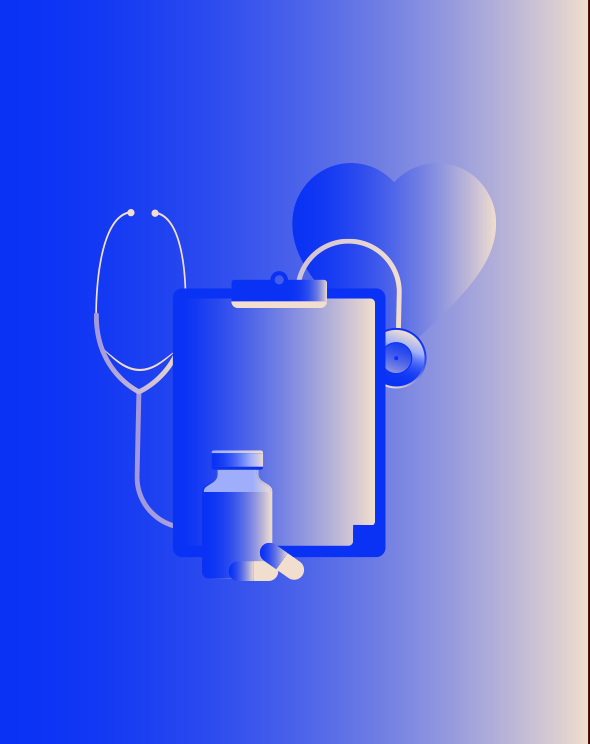This article originally appeared in The Drum.
Simplicity is key when it comes to user experience, not least in the healthcare sector. In the latest World’s Simplest Brands study, Siegel+Gale surveyed 15,000+ consumers on the perceived simplicity or complexity of 800+ brands across 25 industries. We looked at the user experience in healthcare by presenting participants with 14 “touchpoints” in the patient journey and them them for their ratings on a scale of one, being the most complex, to 10, being the simplest.
So, which healthcare interactions were the simplest and which the most complex for consumers? Booking and preparing for an appointment, checking in, discussing health with a medical professional, and filling a prescription came out as the perceived simplest parts of the healthcare journey. Why? Likely because they’re familiar activities; things most of us have done so many times we don’t think about them anymore.
Technology with a human touch is the right medicine
The health insurance industry ranked 24th out of 25 industries on a scale of simple to complex. Unsurprisingly, moments related to payment – understanding what’s covered by insurance, understanding medical bills, and paying for medical costs – were rated as very complex touchpoints. Finding the right doctor for a patient’s needs and using health websites or mobile apps to help achieve health goals were thought of as almost as complex.
These issues all speak to information overload. We are bombarded with information and recommendations when it comes to our health. Finding the right doctor can be high stakes. But, where do we start? Ratings sites that have little info and even fewer credible reviews? Hospital websites? Insurance websites? Recommendations of friends?
Health websites abound and there doesn’t seem to be a singular source of truth. To make the consumer experience simpler, healthcare companies should work to blend technology with a human touch. Healthcare decisions are difficult decisions to take and in the end, people trust people. AI-driven personalization is important, but isn’t enough. A more human perspective remains key.
Simplicity with humanity is also a remedy
How to achieve this? Firstly, visit your own website. What’s your goal for it and who is it really for? If it’s for consumers, are you using language they can understand and talking to them as human beings? What action does the site require them to take and are you guiding them towards it? So many health systems, in particular, try to serve multiple audiences, and end up talking to patients in the same way they might talk to researchers or physicians.
A great example of an organization doing this the right way is Baylor Scott & White Health, in Texas. Their website is clearly meant for patients and is built for the to reasons patients might visit it: to find a doctor and schedule an appointment. Content tailored for medical professionals resides on a different site entirely.
Healthcare providers can also work to ensure person-to-person interactions feel human. As organizations attempt to move people from phone calls to patient platforms and apps, how they come across varies widely. Do you have a chat feature to create the feeling of a more tailored conversation? And how does that feature function – is it a list of topics or a dialogue?
Goodbye Dr. Robot, hello more human healthcare user experience
The Sydney app from Anthem Blue Cross Blue Shield is a great example of this done well. While the chat feature provides a list of options, the tone used is warm and empathetic. And once you begin an inquiry, you are quickly routed to a real person.
Lastly, make sure your team members are highly visible. Whether a hospital website or a health app, your experts don’t just lend credibility – they create relatability. Building relationships is of course key to building your brand or service.
One Medical is a great example of a company whose technology creates a more human experience: every time you use their chat, you’ll see the name of the person you’re speaking to along with their picture. Even a gesture as simple as making physician bios more prominent on hospital websites can humanize the healthcare user experience.
This all matters. Because the most human aspects of healthcare are seen as the simplest – any complex interaction can greatly benefit from being more human. So much about healthcare is hard – brands that find meaningful ways to simplify the consumer experience and connect with them are those that will win in the long term.
Lisa Kane is Group Director, Strategy



